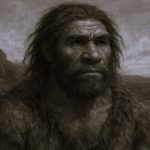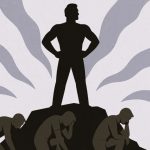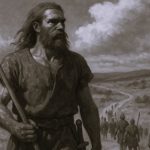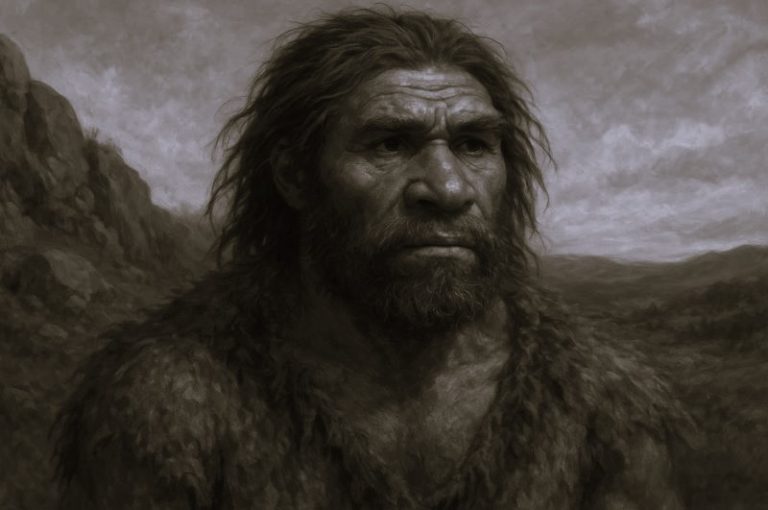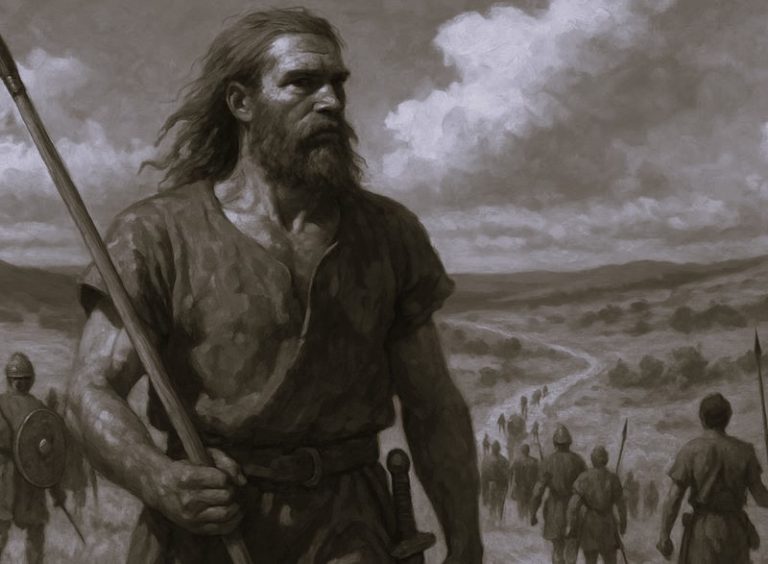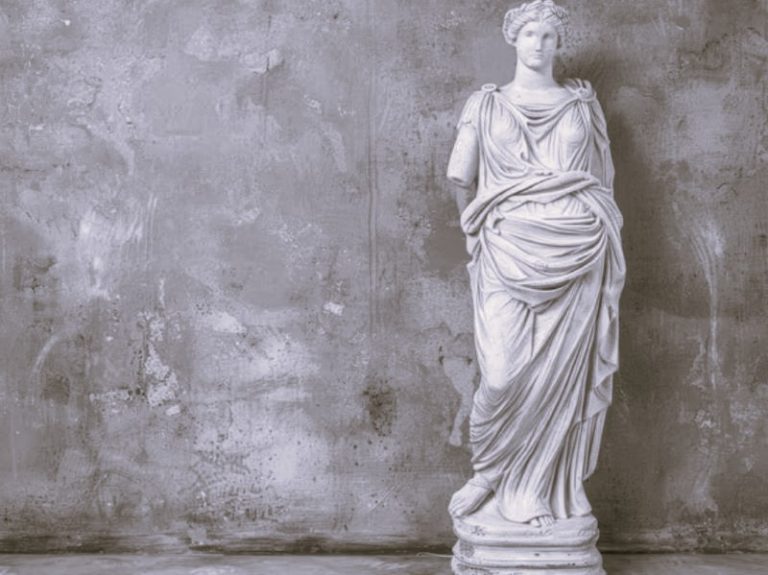
The Roots of the Conflict
While Japan’s deadly assault on Pearl Harbor stunned Americans, its roots stretched back more than four decades. As Japan industrialized during the late 19th century, it sought to imitate Western countries such as the United States, which had established colonies in Asia and the Pacific to secure natural resources and markets for their goods. Japan’s process of imperial expansion, however, put it on a collision course with the United States, particularly in relation to China.
To a certain extent, the conflict between the United States and Japan stemmed from their competing interests in Chinese markets and Asian natural resources. While the United States and Japan jockeyed peaceably for influence in eastern Asia for many years, the situation changed in 1931. That year Japan took its first step toward building a Japanese empire in eastern Asia by invading Manchuria, a fertile, resource-rich province in northern China. Japan installed a puppet government in Manchuria, renaming it Manchukuo. But the United States refused to recognize the new regime or any other forced upon China under the Stimson Doctrine, named after Secretary of State and future Secretary of War Henry L. Stimson.

The ineffectual Stimson Doctrine guided US policy in Asia for the next decade. On the one hand, the doctrine took a principled stand in support of Chinese sovereignty and against an increasingly militaristic Japanese regime. On the other hand, however, it failed to bolster that stand with either material consequences for Japan or meaningful support for China. In fact, US companies continued to supply Japan with the steel and petroleum it needed for its fight against China long after the conflict between the countries escalated into a full-scale war in 1937. But a powerful isolationist movement in the United States countered that the nation had no business at all in the international conflicts developing around the world. Even the Japanese military’s murder of between 100,000 and 200,000 helpless Chinese military prisoners and civilians and the rape of tens of thousands of Chinese women during the 1937 Rape of Nanking failed to immediately shift US policy.
The strong isolationist movement also influenced the initial US approach to the war in Europe, where by the end of 1940 Nazi Germany controlled most of France, Central Europe, Scandinavia, and North Africa, and severely threatened Great Britain. Prioritizing the war in Europe over Japan’s invasion of China, the United States allowed the sale of military supplies to Great Britain beginning in 1939. But neutrality laws and isolationist sentiment severely limited the extent of that aid prior to 1941.
The war in Europe had another significant impact on the war in the Pacific because Germany’s military successes unsettled the other European nations’ Asian colonies. As Japan seized the opportunity to become the dominant imperial power in Asia, United States-Japan relations soured. As historian David M. Kennedy, PhD, explained, “Each [nation] stepped through a series of escalating moves that provoked but failed to restrain the other, all the while lifting the level of confrontation to ever-riskier heights.”
The Impending Crisis

President Franklin Delano Roosevelt made one of those escalating moves in July 1940 when he cut off shipments of scrap iron, steel, and aviation fuel to Japan even as he allowed American oil to continue flowing to the empire. Japan responded by entering resource-rich French Indochina, with permission from the government of Nazi-occupied France, and by cementing its alliance with Germany and Italy as a member of the Axis. In July 1941, Japan then moved into southern Indochina in preparation for an attack against both British Malaya, a source for rice, rubber, and tin, and the oil-rich Dutch East Indies. This prompted Roosevelt to freeze all Japanese assets in the United States on July 26, 1941, which effectively cut off Japan’s access to US oil.
That move pushed Japan to secretly ready its “Southern Operation,” a massive military attack that would target Great Britain’s large naval facility in Singapore and American installations in the Philippines and at Pearl Harbor, thus clearing a path for the conquest of the Dutch East Indies. While diplomatic talks continued between the United States and Japan, neither side budged. Japan refused to cede any of its newly acquired territory, and the United States insisted that Japan immediately withdraw its troops from China and Indochina.
The Attack

On November 26, 1941, as US officials presented the Japanese with a 10-point statement reiterating their long-standing position, the Japanese Imperial Navy ordered an armada that included 414 planes aboard six aircraft carriers to set to sea. Following a plan devised by Admiral Yamamoto Isoroku, who had earlier studied at Harvard and served as Japan’s naval attaché in Washington, DC, the flotilla aimed to destroy the US Pacific Fleet base at Pearl Harbor.
To catch the Americans by surprise, the ships maintained strict radio silence throughout their 3,500- mile trek from Hitokappu Bay to a predetermined launch sector 230 miles north of the Hawaiian island of Oahu. At 6:00 a.m. on Sunday, December 7, a first wave of Japanese planes lifted off from the carriers, followed by a second wave an hour later. Led by Captain Mitsuo Fuchida, the pilots spotted land and assumed their attack positions around 7:30 a.m. Twenty-three minutes later, with his bomber perched above the unsuspecting American ships moored in pairs along Pearl Harbor’s “Battleship Row,” Fuchida broke radio silence to shout, “Tora! Tora! Tora!” (Tiger! Tiger! Tiger!)—the coded message informing the Japanese fleet that they had caught the Americans by surprise.
For nearly two hours, Japanese firepower rained down upon American ships and servicemen. While the attack inflicted significant destruction, the fact that Japan failed to destroy American repair shops and fuel-oil tanks mitigated the damage. Even more significantly, no American aircraft carriers were at Pearl Harbor that day. The Japanese, however, immediately followed their Pearl Harbor assault with attacks against US and British bases in the Philippines, Guam, Midway Island, Wake Island, Malaya, and Hong Kong. Within days, the Japanese were masters of the Pacific.
In Washington, a decrypted message had alerted officials that an attack was imminent moments before Fuchida’s planes took to the skies. But a communications delay prevented a warning from reaching Pearl Harbor in time. The Americans missed another opportunity when an officer discounted a report from an Oahu-based radar operator that a large number of planes were headed their way.
At the White House, Roosevelt learned of the attack as he was finishing lunch and preparing to tend to his stamp collection. He spent the remainder of the afternoon receiving updates and writing the address he intended to deliver to Congress the following day asking for a declaration of war against Japan. As he drafted and redrafted the speech, Roosevelt focused on rallying the nation behind a war many had hoped to avoid.
Originally published by the National WWII Museum, New Orleans, republished under fair use for educational, non-commercial purposes.

